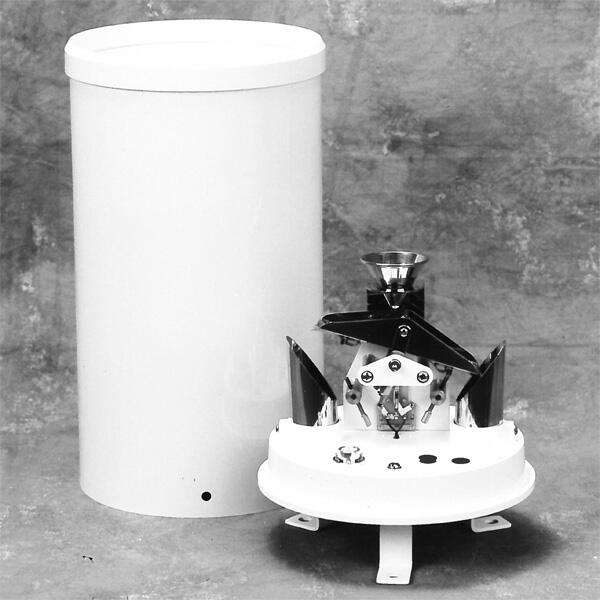Rain Gauge Description: Understanding Its Function and Design

# Rain Gauge Description: Understanding Its Function and Design
A rain gauge is an essential tool used to measure the amount of precipitation that falls over a specific area during a given period. It is widely used in meteorology, agriculture, and environmental studies to track rainfall patterns and make informed decisions. In this article, we will explore the function, design, and importance of rain gauges.
## What is a Rain Gauge?
A rain gauge, also known as an udometer, pluviometer, or ombrometer, is a device designed to collect and measure liquid precipitation, primarily rainfall. It provides accurate data on the depth of rainfall, typically measured in millimeters or inches. This information is crucial for understanding weather patterns, managing water resources, and predicting potential flooding.
## How Does a Rain Gauge Work?
The basic principle of a rain gauge is simple: it collects rainwater in a container and measures the volume or depth of the collected water. Most rain gauges consist of a funnel that directs rainwater into a measuring tube. The tube is calibrated to provide precise measurements of the accumulated precipitation. Some advanced rain gauges are equipped with sensors and digital displays to automate the measurement process.
## Types of Rain Gauges
There are several types of rain gauges, each with its unique design and functionality:
– Standard Rain Gauge: This is the most common type, featuring a funnel and a measuring tube. It is manually read and requires regular maintenance.
– Tipping Bucket Rain Gauge: This type uses a small bucket that tips when it fills with a specific amount of water. Each tip corresponds to a known volume of rainfall, which is recorded electronically.
– Weighing Rain Gauge: This gauge measures rainfall by weighing the collected water. It is highly accurate and often used in professional meteorological stations.
– Optical Rain Gauge: This advanced type uses light beams to detect and measure raindrops as they fall. It is commonly used in research and aviation.
## Importance of Rain Gauges
Rain gauges play a vital role in various fields:
– Meteorology: They help meteorologists track and predict weather patterns, improving the accuracy of weather forecasts.
– Agriculture: Farmers rely on rainfall data to plan irrigation and crop management, ensuring optimal growth conditions.
– Hydrology: Rain gauges are used to monitor water levels in rivers, lakes, and reservoirs, aiding in flood prevention and water resource management.
– Environmental Studies: Researchers use rainfall data to study climate change and its impact on ecosystems.
## Design Considerations
When designing or selecting a rain gauge, several factors must be considered:
– Accuracy: The gauge must provide precise measurements to ensure reliable data.
– Durability: It should be made from materials that can withstand harsh weather conditions.
– Ease of Use: The gauge should be easy to install, read, and maintain.
– Location: Proper placement is crucial to avoid obstructions that could affect measurements, such as trees or buildings.
## Conclusion
Rain gauges are indispensable tools for measuring precipitation and understanding its impact on our environment. Whether used in meteorology, agriculture, or environmental research, they provide valuable data that helps us make informed decisions. By understanding their function and design, we can better appreciate their role in our daily lives and the broader scientific community.
Keyword: rain gauge description
